Cataract surgery in uveitis
- PMID: 22518338
- PMCID: PMC3299394
- DOI: 10.1155/2012/548453
Cataract surgery in uveitis
Abstract
Cataract surgery in uveitic eyes is often challenging and can result in intraoperative and postoperative complications. Most uveitic patients enjoy good vision despite potentially sight-threatening complications, including cataract development. In those patients who develop cataracts, successful surgery stems from educated patient selection, careful surgical technique, and aggressive preoperative and postoperative control of inflammation. With improved understanding of the disease processes, pre- and perioperative control of inflammation, modern surgical techniques, availability of biocompatible intraocular lens material and design, surgical experience in performing complicated cataract surgeries, and efficient management of postoperative complications have led to much better outcome. Preoperative factors include proper patient selection and counseling and preoperative control of inflammation. Meticulous and careful cataract surgery in uveitic cataract is essential in optimizing the postoperative outcome. Management of postoperative complications, especially inflammation and glaucoma, earlier rather than later, has also contributed to improved outcomes. This manuscript is review of the existing literature and highlights the management pearls in tackling complicated cataract based on medline search of literature and experience of the authors.
Figures

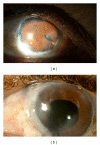
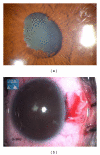
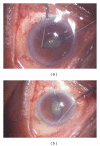

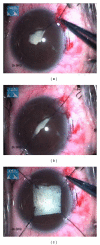
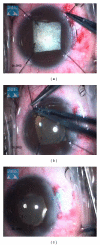

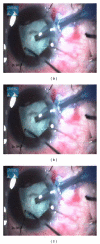



References
-
- Hooper PL, Rao NA, Smith RE. Cataract extraction in uveitis patients. Survey of Ophthalmology. 1990;35(2):120–144. - PubMed
-
- Malinowski SM, Pulido JS, Folk JC. Long-term visual outcome and complications associated with pars planitis. Ophthalmology. 1993;100(6):818–825. - PubMed
-
- Velilla S, Dios E, Herreras JM, Calonge M. Fuchs’ heterochromic iridocyclitis: a review of 26 cases. Ocular Immunology and Inflammation. 2001;9(3):169–175. - PubMed
-
- Foster CS, Rashid S. Management of coincident cataract and uveitis. Current Opinion in Ophthalmology. 2003;14(1):1–6. - PubMed
-
- Van Gelder RN, Leveque TK. Cataract surgery in the setting of uveitis. Current Opinion in Ophthalmology. 2009;20(1):42–45. - PubMed
LinkOut - more resources
Full Text Sources

